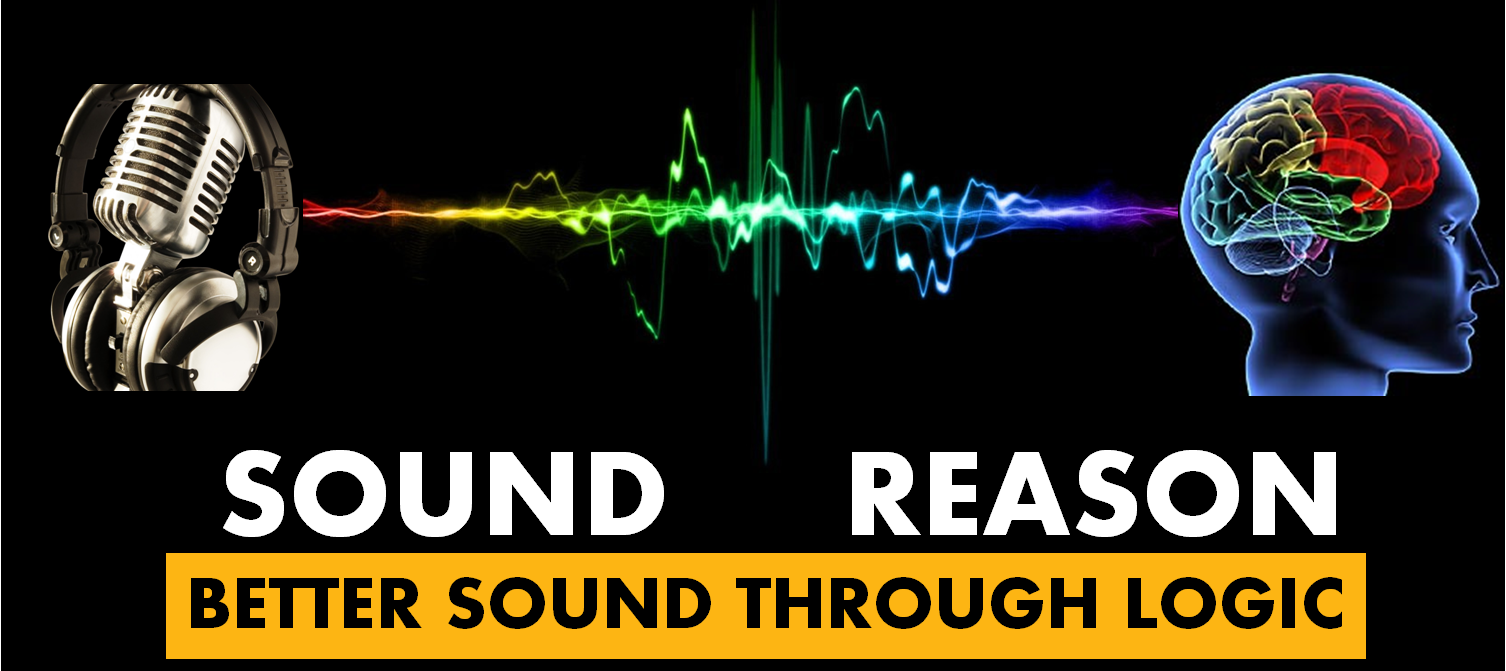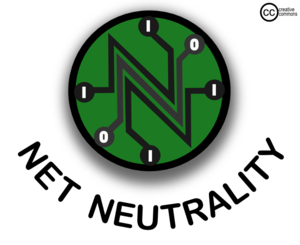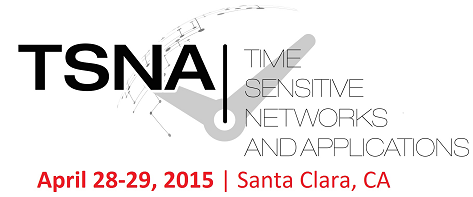 Listening to Tim Albright on AVWeek #138 this week, as I often do over a cup of tea on a quiet Sunday afternoon, I found it extremely interesting that the first topic of discussion was Sennheiser adopting Dante for some of their products. As someone who has been tracking the progress of Dante and possesses a deep rooted interest in sound, this seemed to me like a logical move for any audio manufacturer, not news. And then I listened to the discussion and heard a variation of the same bullet points being discussed that are always discussed when another company starts slapping the Audinate logo on their product:
Listening to Tim Albright on AVWeek #138 this week, as I often do over a cup of tea on a quiet Sunday afternoon, I found it extremely interesting that the first topic of discussion was Sennheiser adopting Dante for some of their products. As someone who has been tracking the progress of Dante and possesses a deep rooted interest in sound, this seemed to me like a logical move for any audio manufacturer, not news. And then I listened to the discussion and heard a variation of the same bullet points being discussed that are always discussed when another company starts slapping the Audinate logo on their product:
- It’s a good idea because signals are all beginning to move over the network.
- Dante has been adopted by so many companies and this gives “X Company” the ability to communicate digitally with the other manufacturers’ products.
What seems to be lingering underneath the surface of a lot of conversations about Audinate’s Dante is that it has become the “go to” solution when passing audio across a network. Even when discussing other options for an application, Dante has gained such a foothold in the present and is showing a mindset towards the future that many people aren’t even looking at other possibilities anymore.
Why has Dante achieved such popularity? Take a look at how they’ve altered the shape of what was previously going on in network audio transmission. The previous industry leader was CobraNet. While both technologies operated on the same layer (layer 2, with Dante now offering some layer 3 support) in network audio transmission, CobraNet required greater bandwidth, had a lower channel count limitation, and required those channels to be bundled. Dante allowed users to break those bundles and send individual signals from point to point but still gave you the option to bundle if you wished. Dante also requires much less bandwidth to transmit signal and allows for a much higher channel expansion (up to 512×512 on a Gigabit network). It was the next logical progression in large scale digital audio transportation.
However, Audinate hasn’t been complacent with their current role in the industry. They are continually working with manufacturers to add more products, which makes perfect sense because Dante is their product and the more devices that use it the better off they are as a company. But Audinate has managed to set themselves up nicely even to the possible next generation of digital audio transmission technology.
Right now all over the internet there are debates going on about how audio should be passed across a network moving forward. The two most common options being discussed beyond Dante are coming from the AVnu Alliance, who is behind the AVB (Audio-Video-Bridging) standard, and the Audio Engineering Society (AES), and its AES67 standard. How did Audinate deal with these new standards as they became public knowledge and started to become part of the debate? They offered support for both of them moving forward.
That’s right folks, the current equipment you have today that uses Dante may possibly be able to transition seamlessly into whatever the next generation of digital audio transmission technology gets adopted next. As Dante is a digital technology, the ability to convert to the latest and greatest will be dependent on the chipset that was used in your devices. This means that some of you early adopters may have to upgrade the physical products, but some of the more recent hardware you’ve been working with may just require a firmware update to be compatible.
Audinate has positioned themselves at the center of an evolving world where digital signal distribution is becoming the primary way devices communicate. Not only did they manage to create a product that has a stranglehold on the market today, but it also gives their product a future as the technology continues to evolve.




